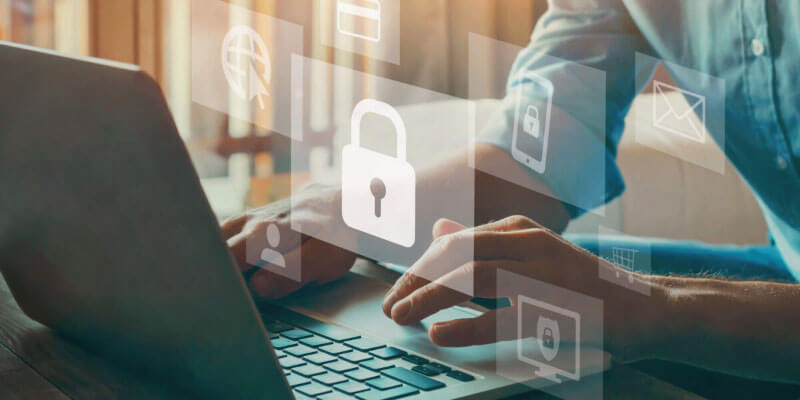It’s easy to brush off scams, especially when you think it’ll never happen to you. However, according to the Federal Trade Commission, Americans lost $2.95 billion to scams in 2024. And the majority of those losses came from impersonation scams.
Criminals are finding sophisticated ways to con you out of your money, especially if they gain access directly to your bank account. The banking industry is seeing an increase in impersonation scams targeting Clients in an effort to gain access online accounts.
These kinds of scams do more than target your personal account, they are also targeting businesses, which can come at an ever-greater cost to your bottom line.
How the scam works
There’s three main ways bank impersonators target you — via email, text or call.
- Phishing emails which is a type of cyberattack where a scammer sends a fraudulent message designed to trick you into revealing sensitive personal information, such as login credentials, credit card numbers or social security numbers. These malicious emails are often disguised to look as though they are from a legitimate and trusted source, such as a bank, a well-known company or even a government agency.
- Scam texts, known as smishing (SMS Phishing), may come from unknown or legitimate looking numbers and can include requests for personal information or links to websites you are unfamiliar with. They may also look like they are from your bank’s fraud department stating asking you to answer “Yes” or “No” to a recent purchase.
- Impersonation calls can seem like they come from a legitimate source and with a quick web search of the number on the line pulls up your bank’s website, but that’s where spoofing comes in. Scammers can falsify the number that you see on your phone, making you think it’s an official person talking with you. The scammer may already have access to some of your personal information and can use that to gain even more. If they have enough information, they can login into your account to set up a one-time password, get the code from you and take your money directly from your account.
Red Flags to Watch
One thing each of these scams have in common is creating a false sense of urgency, requiring you to act now or face immediate consequences. Some criminals elevate this to a more intense level by threatening you or using scare tactics.
Your bank will rarely call you out of the blue. Traditionally, a WSFS Associate will only reach out if you initiate the conversation, and if you call us, we may ask for details to verify your identity. But be wary of these spur-the-moment calls. If you are unsure, you can always hang up and call the customer service number on the back of your WSFS debit card.
At the end of the day, scammers want your personal information so they can move your money into their accounts. If you are asked for your password, to click a link to log into your account via email or warned that you only have limited time to act, these are all signs of a scam.
If It Happens to You
- Stop any contact with the scammer, and don’t give more information.
- Immediately reach out to your bank and credit card companies to freeze your accounts, get new cards, account numbers and report the fraudulent activity.
- File a police report and an identity theft report with the Federal Trade Commission and a report with the Federal Bureau of Investigation’s Internet Crime Complaint Center (IC3) as soon as possible.
- You should also place a fraud alert on your credit report with Equifax, Experian and TransUnion.
- Change your passwords on your online accounts and always use unique passwords for each account.

Helping you boost your financial intelligence.
Read our financial resources from your friends at WSFS.




